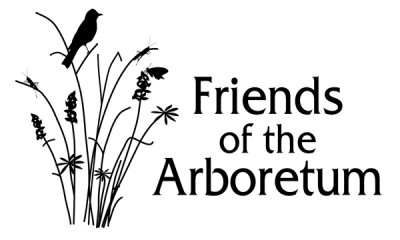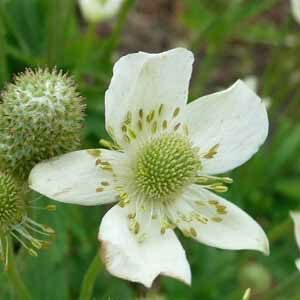COMMON NAME: Tall Thimbleweed, Windflower
SCIENTIFIC NAME: Anemone virginiana – the Greek word anemos is wind
FLOWER: Greenish-white 5-parted blossom about ¾” across with a greenish prickly center.
BLOOMING PERIOD: Mid-June – August
SIZE: 3 – 4 feet tall plant
BEHAVIOR: This plant has leaves that are finely divided into 3-5 toothed segments at the base. It will develop 2-8 flower stalks that have white hairs and end with a single flower. These stalks come from a whorl of 2-3 leaves about 5 inches long. Each leaf has 2 -3 lobes and the edges are serrated.
SITE REQUIREMENTS: Dry to moderate moisture with sunshine or light shade. Found mostly in prairies and open woods.
NATURAL RANGE: New England west across Canada, south to Georgia, Louisiana, Missouri, Kansas, North and South Dakota. It grows throughout Wisconsin.
SPECIAL FEATURES: After the flower an oblong seed cone develops that is up to 1 inch long and resembles a green thimble. When fully developed little cottony tufts scatter the dark seeds. This cottony seed head may remain through the winter adding interest to a winter garden.
SUGGESTED CARE: Water well until established; then it should need little care if it is on a suitable site.
COMPANION PLANTS: Nodding wild onion, lead plant, little bluestem, butterflyweed, whorled milkweed, heath, smooth, silky, sky blue and flax-leaved asters, sideoats grama, shooting star, New Jersey tea, coreopsis, flowering spurge, rattlesnake master, yellow stargrass, hoary puccoon, purple and white prairie clovers, June grass, showy goldenrod, compass plant, needle grass, spiderwort and many other prairie species.
The name “thimbleweed” is also used for a related specie, anemone cylindrical. This is a shorter plant and has a longer “thimble” for its seed head.

